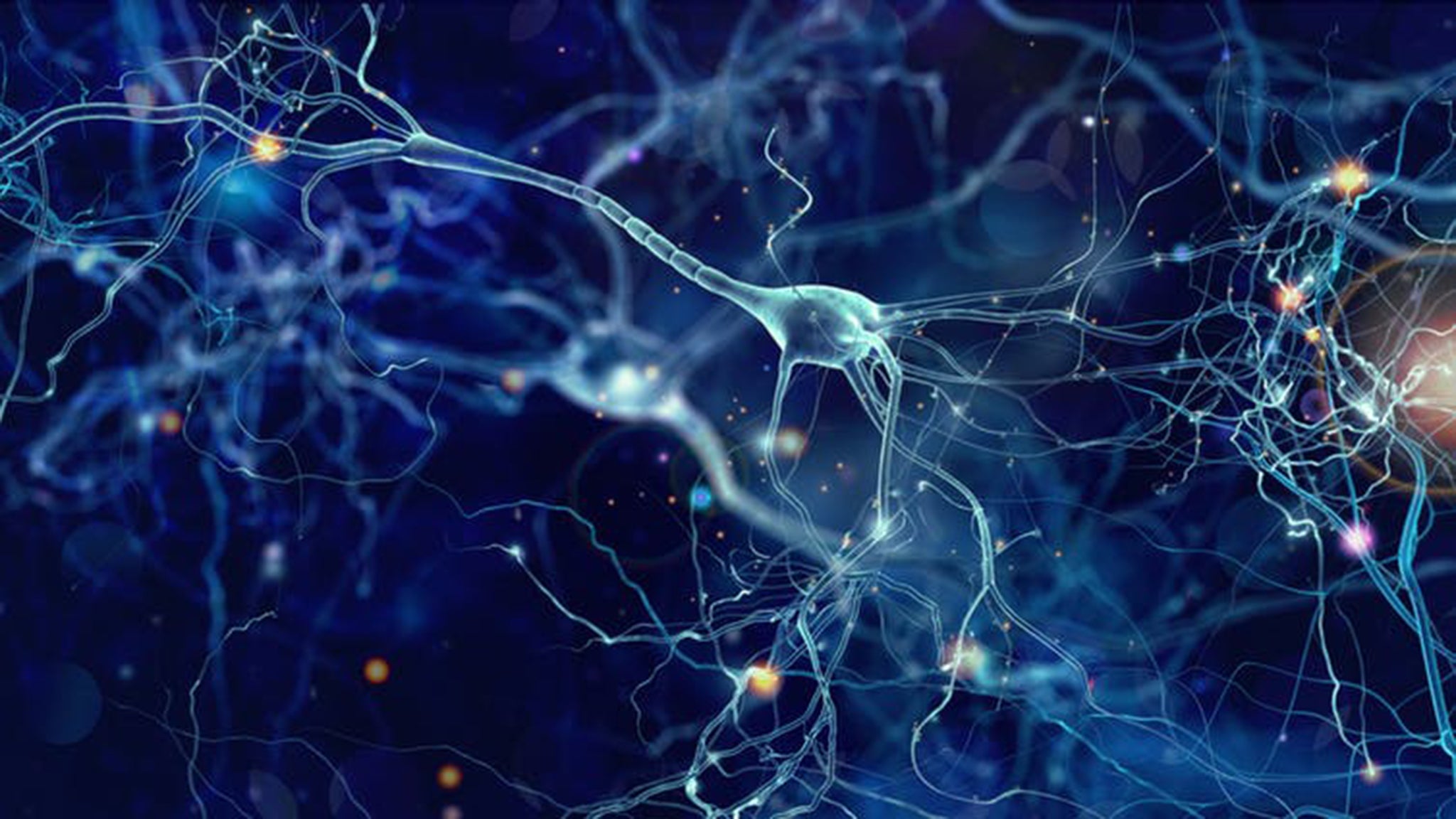Soundwaves and viruses used to ‘switch off’ memory formation
Tool could open up the brain to precision DNA-editing techniques which allow cellular functions to be turned on or changed at will

Your support helps us to tell the story
From reproductive rights to climate change to Big Tech, The Independent is on the ground when the story is developing. Whether it's investigating the financials of Elon Musk's pro-Trump PAC or producing our latest documentary, 'The A Word', which shines a light on the American women fighting for reproductive rights, we know how important it is to parse out the facts from the messaging.
At such a critical moment in US history, we need reporters on the ground. Your donation allows us to keep sending journalists to speak to both sides of the story.
The Independent is trusted by Americans across the entire political spectrum. And unlike many other quality news outlets, we choose not to lock Americans out of our reporting and analysis with paywalls. We believe quality journalism should be available to everyone, paid for by those who can afford it.
Your support makes all the difference.Researchers have shown it’s possible to temporarily block the brain from forming new memories using a combination of sound waves, viruses and drugs.
Using ultrasound blasts California Institute of Technology (Caltech) researchers have been able to temporarily open the brain’s protective barrier to treatments, where usually surgery would be required.
In this way they hope it could one day be possible to non-invasively manage epilepsy, Parkinson’s disease and other neurological conditions that currently rely on going under the knife.
However in the shorter term it is more likely the advance, dubbed "acoustically targeted chemogenetics" in the journal Nature Biomedical Engineering on Monday, will enhance scientists ability to understand these conditions in animal trials.
“By using sound waves and known genetic techniques, we can, for the first time, non-invasively control specific brain regions and cell types as well as the timing of when neurons are switched on or off,” said assistant professor of chemical engineering Mikhail Shapiro.
It is possible to use a virus to implant a desired genetic change in the DNA of cells and this allows certain functions of the cell to be switched on or off in response to an instruction from a tailor-made drug.
However getting these instructions across the blood-brain barrier, which keeps out all but the smallest molecules and evolved to protect the sensitive organ from poisons and invaders like viruses, remains a problem.
Dr Shapiro and his team showed that they could overcome this with ultrasound blasts and microscopic bubbles injected into the blood stream.
When the sound waves hit the blood borne bubbles it forces them to vibrate and the jostling opens the barrier for a short time.
To demonstrate the effect of this precision tool the Caltech team targeted memory formation in mice.
They used a virus to write the instructions into neurons in a part of the brain known as the hippocampus, which is also important in Alzheimer’s disease.
Then several weeks later mice received either the drug to switch off these neurons or an injection of saline, and were subjected to electric shocks in a new room of their enclosure, and then put in the same room again the next day.
Mice which had not had their memories blanked out by the drug were twice as likely to freeze in fear when they were placed back in the room where they had been electrocuted, but other behavioural tests were unaffected.
“This method is reversible,” says Jerzy Szablowski, the lead researcher of the study. “You can administer a drug to turn off neural cells of interest, but, with time, those cells will turn back on.”
Being able to precisely target regions of the brain in this manner could equally be used in the treatment of epilepsy where sever forms require neurosurgery to remove parts of the brain responsible for lethal seizures.
“This is an impressive, innovative approach that will be useful for many neuroscientists,” says pharmacology professor Bryan Roth of the University of North Carolina, who was not involved in this study.
Subscribe to Independent Premium to bookmark this article
Want to bookmark your favourite articles and stories to read or reference later? Start your Independent Premium subscription today.
Join our commenting forum
Join thought-provoking conversations, follow other Independent readers and see their replies
Comments